The Community Animation Design Researcher team reflects on their year designing social programming, professional skill-building events, and student feedback sessions together.
Written by Cheryl Nong, Research Coordinator, Honours Bachelor of Science, Psychology and Neuroscience Double Major
The Community Animation Design Researcher team works to create a fun, equitable, learning-focused work environment at the Innovation Hub through social events and skill-building workshops. Additionally, in the 2023-24 academic year, we worked on two short-term quick student consultations in partnership with the Faculty of Arts & Science Centre for Entrepreneurship and the transitional International Foundation Program housed at New College.
I asked the team to reflect on what they learned this year, some of their favorite moments, and their hopes after our time as a Work Study team concludes.
Building Up Our Research Skills
While writing reports for on-campus partners, many team members identified research skills as a major area of growth during the year. Some of us—myself included—arrived as relative newcomers to qualitative methods. We highlighted major skill-based takeaways around empathy-based interviewing, data analysis, and recognizing our biases as researchers.
Sunnie: Coming from a life science background, I was trained in quantitative methodologies and never had the opportunity to explore qualitative methods. Taking part in the quick student consultations opened my eyes to other ways of thinking about and doing research that has impacted my academic work.
Eesha: I discovered my capacity for empathy and ability to adapt my research methods based on real-time feedback, in addition to recognizing and mitigating personal biases, which is crucial for ensuring the integrity and objectivity of our research findings.
Through our projects, several team members recognized the importance of qualitative research methods and empathy-based interviewing. This knowledge helped our team aspire to co-design using a community-driven, peer-to-peer approach of designing “with” rather than “for” users.
Creativity and Perspective Shifts
One of the main objectives of the Community Animation Design Researcher team is to foster an inclusive learning environment at the Innovation Hub. Our job is to create a workplace that students look forward to coming into—so I also asked the team about their most enjoyable experiences at iHub.
Many of our team members expressed that they enjoyed diving into student insights:
Hailing: Analyzing data and getting different perspectives from other team members was my favourite part, as I always got to know more about participants’ insights, which helped me embrace a holistic view of the project.
Maggie: Getting to hear student experiences and insights as part of a project was also one of my favourite aspects of my work, which were genuinely impactful in reshaping my perspective on various campus issues and inspired me to consider a situation from many more angles than I have before.
In addition to our individual learnings and accomplishments, we were proud to present four Team Takeovers, our in-house professional skill-building workshops, to our team of nearly 80 work study students over the year. Our team built fun, fantastical scenarios from the ground up to encourage professional development and team building in unexpected ways. To name a few, students interviewed suspects in a supernatural poisoning case, argued their cases as representatives of a traveling circus or fantastical city, and problem-solved in teams to escape a magical detention room.
We also ran more than 10 socials this year, ranging from trivia potlucks to group ice skating outings to “build-your-own-boba” and paint afternoons. The team described having plenty of opportunities to stretch their creative muscles in unexpected ways. In my view, that was one of the most unique and rewarding parts of the team’s work: we had virtually complete creative control over our events. Looking back, I’m proud of the contributions we made towards building a place where students were excited to show up for work.
Beyond the Innovation Hub
As the work study term wraps up, I asked the team how they imagined their experiences expanding into the future. Some of the team answered in terms of transferrable skills they hope to employ in their professional careers:
Nicolas: I learned how to listen attentively and think critically about what people are telling me and identify the needs within their speech.
Hailey: The skills I developed at the Innovation Hub, such as collaboration and the ability to analyze insights and identify user needs, will be applicable beyond iHub, especially in my career life.
We also envisioned our potential impact on the university community through our reports and programming this year. Team members aspire to inform and inspire people at U of T to create meaningful structural changes over time. From our on-campus partners this year, to the broader university community culture, we hope to see U of T take student voices seriously at every level and use student input to create effective products and processes in service of the student body.
Tackling Big Questions Together
This year, our team worked hard to hone our empathy-based interview skills, recognize our positionality as researchers, and flex our creativity to create fun and innovative programming. We’ll be leaving the Innovation Hub with more experience working as a team to tackle big, open-ended problems. These problems include addressing research topics such as, “how do students think about social justice?” to questions about how we can welcome team members from all walks of life into the workplace.
As the work study term comes to an end, I hope readers can consider how to implement our team’s collaborative and open-minded approach in their own work. From my own perspective as a leader, I can’t even begin to list what I learned from the team over the year. I think many of our takeaways are applicable no matter your domain of work or study; a willingness to learn from your audience, your team members, and your broader community can take you a long way in any field!
Contributors
Eesha Fahad, Design Researcher, Honours Bachelor of Arts, Peace, Conflict, & Justice and Criminology & Sociolegal Studies
Hailey Shim, Design Researcher, Honours Bachelor of Science, Statistics & Economics, Computer Science
Hailing Zhang, Design Researcher Community Animator, Master of Information, User Experience Design & Information Systems Design
Maggie Wang, Design Researcher Community Animator, Honours Bachelor of Arts, International Relations, Public Policy & Environmental Chemistry
Nicolas Martinez-Gonzalez, Design Researcher, Honours Bachelor of Commerce, Management, Data Science
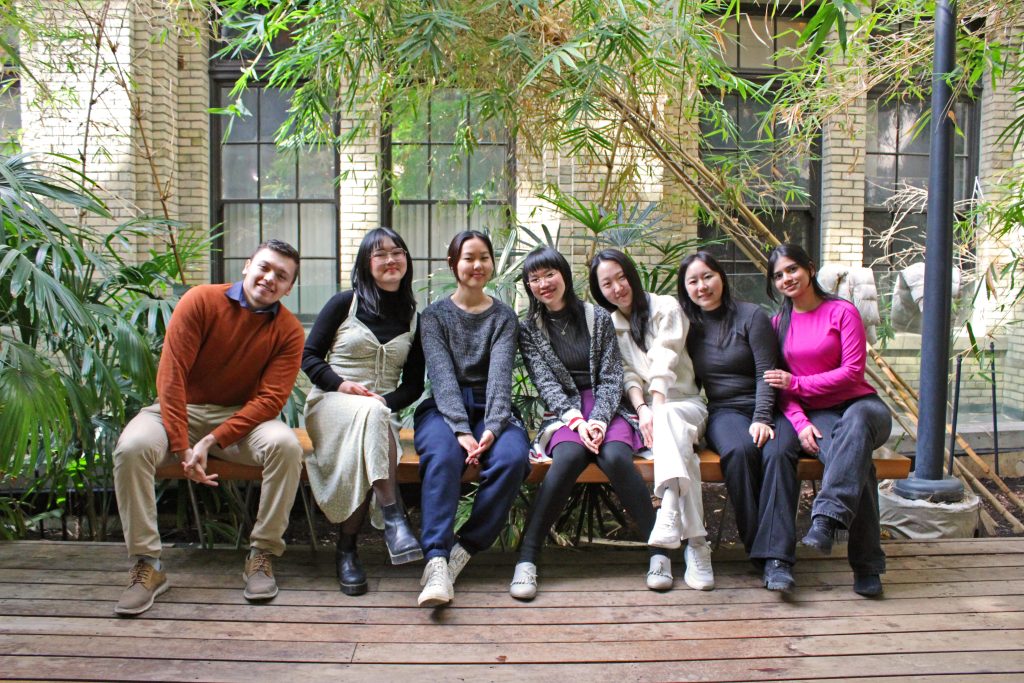
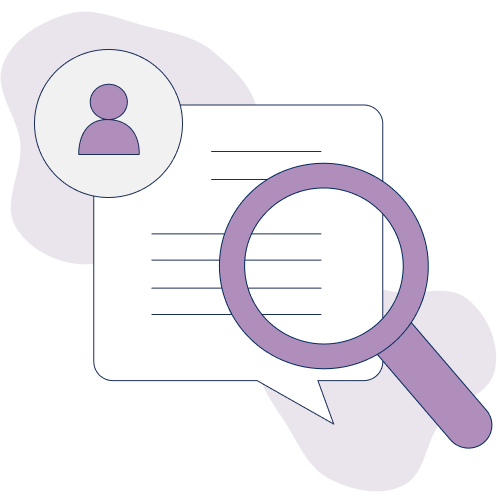

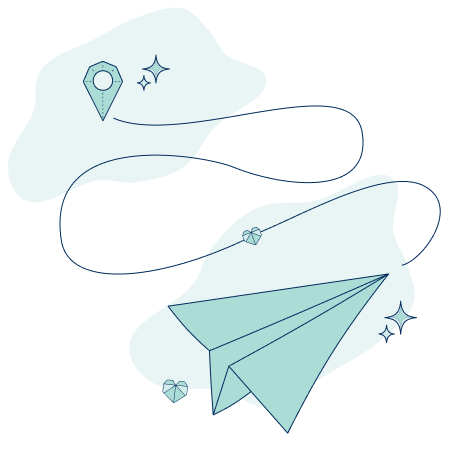
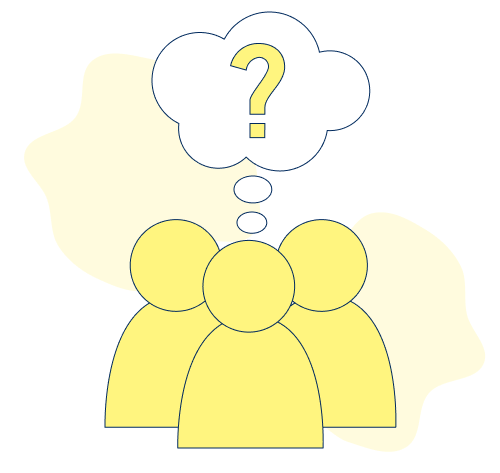
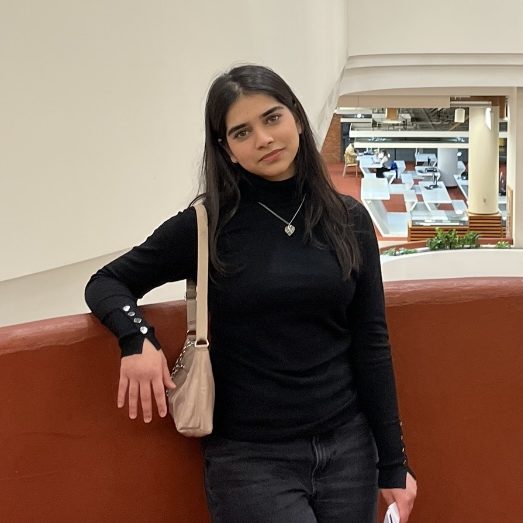


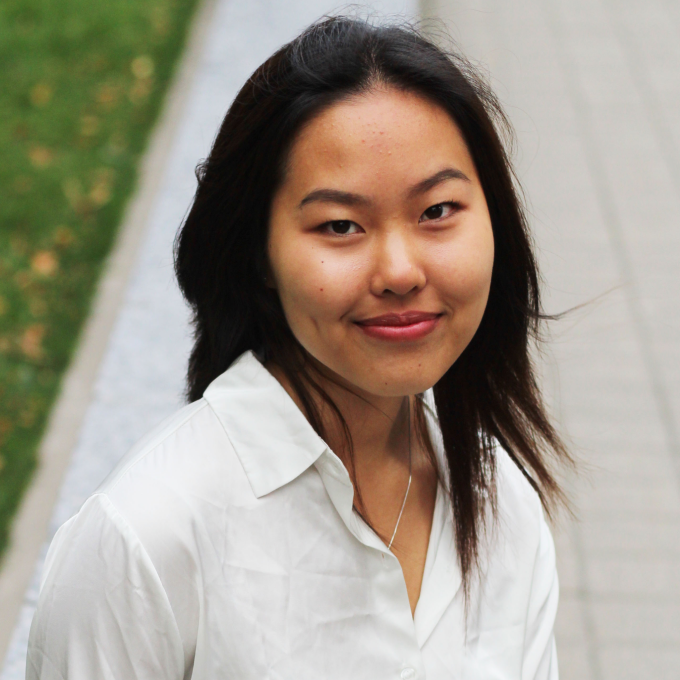


0 comments on “Community Animation Team Reflection: Cultivating a Learning Organization ”